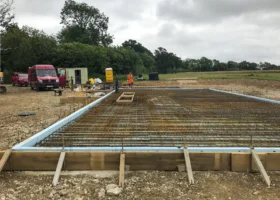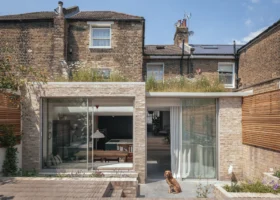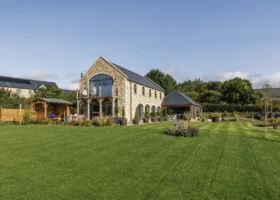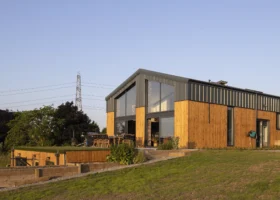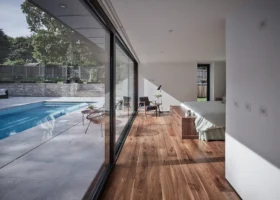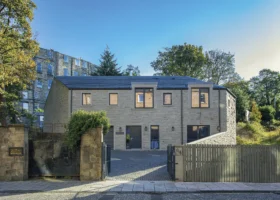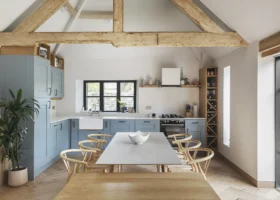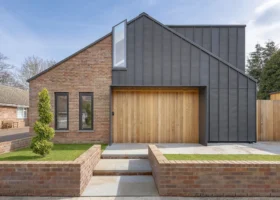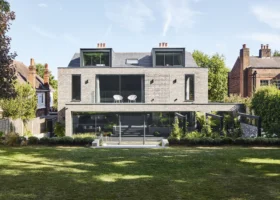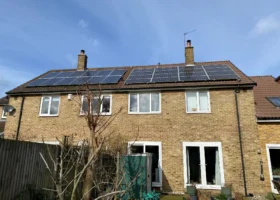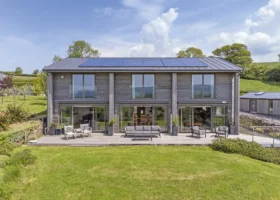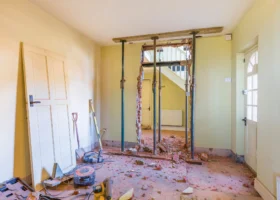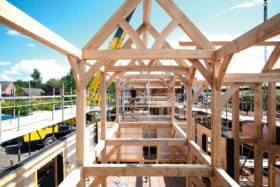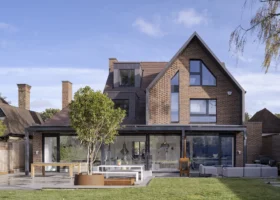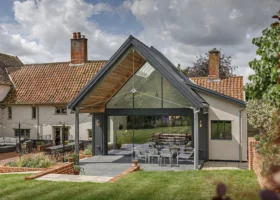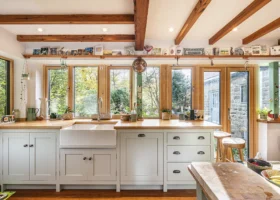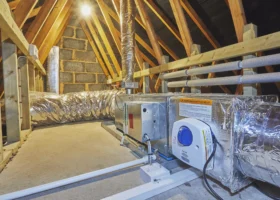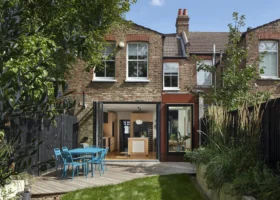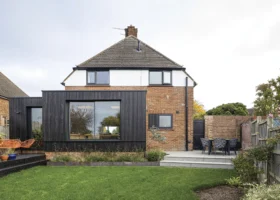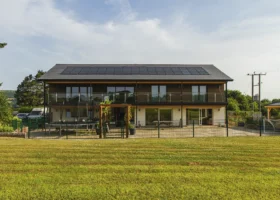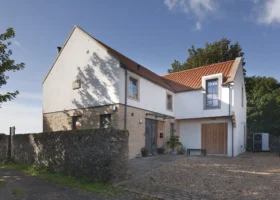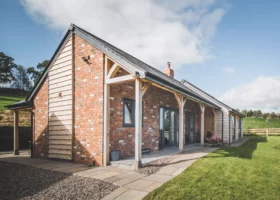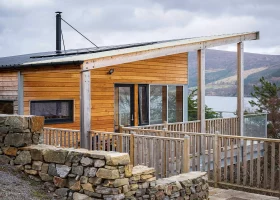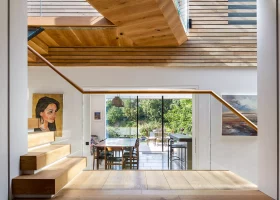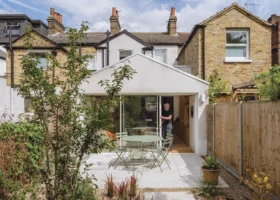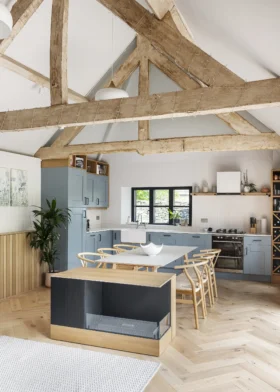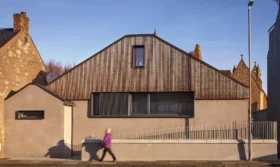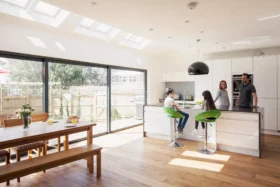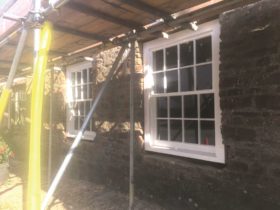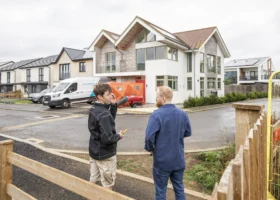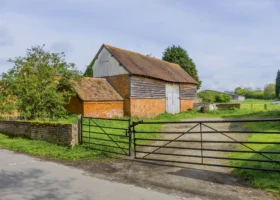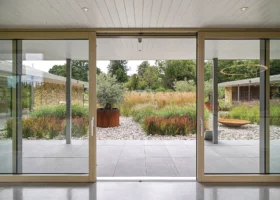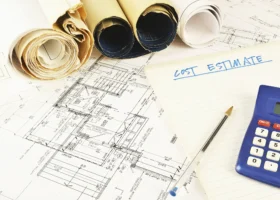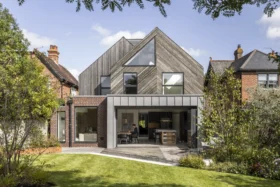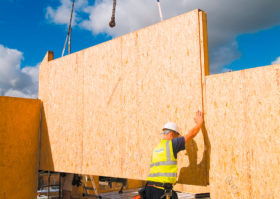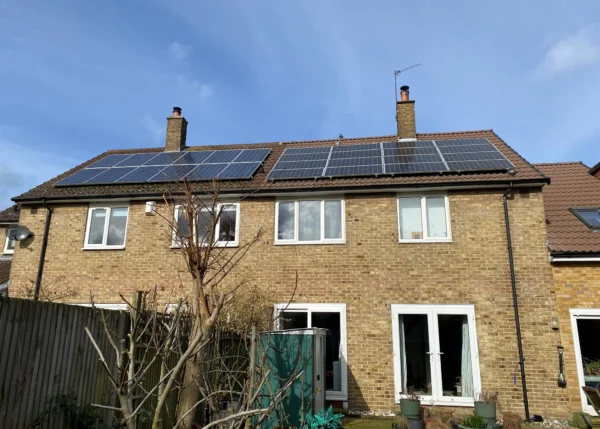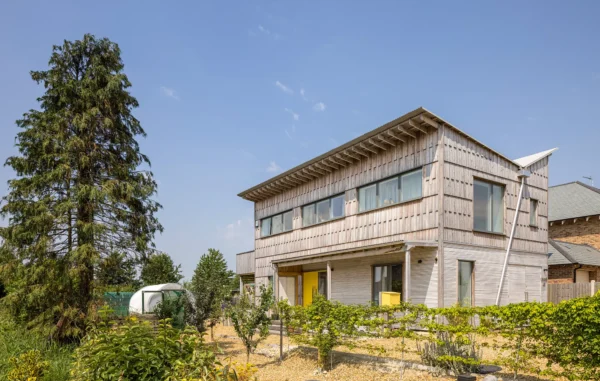Q&As
Do I need to notify my mortgage lender for garden self build?
I have recently gained planning permission to build a house on my garden plot. Do I need to notify my mortgage company?
Answers
Your mortgage company has a legal charge registered on the title deeds to your property – and that encompasses the land, including any buildings that form part of that title. This means that the lender must approve anything that you are doing that will substantially impact the nature of your property. Your provider has lent you your mortgage based on how much the security is worth. Should they have to repossess and sell the property in the event of a default on the mortgage, they need to know its value.
If you are intending to sell your existing property or the new one once built, you will need to create two separate land registry titles – one for each plot. Splitting the title in this way could mean that your existing property will be worth less, as it will have lost some of the land that originally comprised the plot. Whether your lender will agree to this split of title will depend on how much you are borrowing on your mortgage now, compared to your property’s current value with all the land, and future value once the land has been split off. Splitting the land off will affect your loan-to-value ratio – how much you’re borrowing divided by the value of the property. If the impact of the split of title pushes the post-split loan to a value above your lender’s acceptable limit, they could decline your request.
Another consideration is the mortgage product that you currently have with your lender. One of the factors impacting the interest rate your lender has agreed for you is the loan-to-value at the time you took the mortgage. As such, a change in the ratio may mean that the product you currently have would not be available to you with a higher loan-to-value, and the lender may either want you to move to a higher and probably more expensive loan product, or reduce your mortgage, so that the new loan-to-value remains at the same level.
In this scenario, it may be more advisable to look to re-mortgage with another lender and take a completely new deal on the now smaller original house with the smaller plot. This may also potentially allow you to borrow more to start works on the new build. If you are intending to sell either your current house or the new one once it has been built, you will need to be mindful not to bind yourself in to products with an extended tie-in period, as you will possibly pay a penalty for early repayment. In all these circumstances, Buildstore will be able to help you look at all the options available to you, and recommend the best solution.




